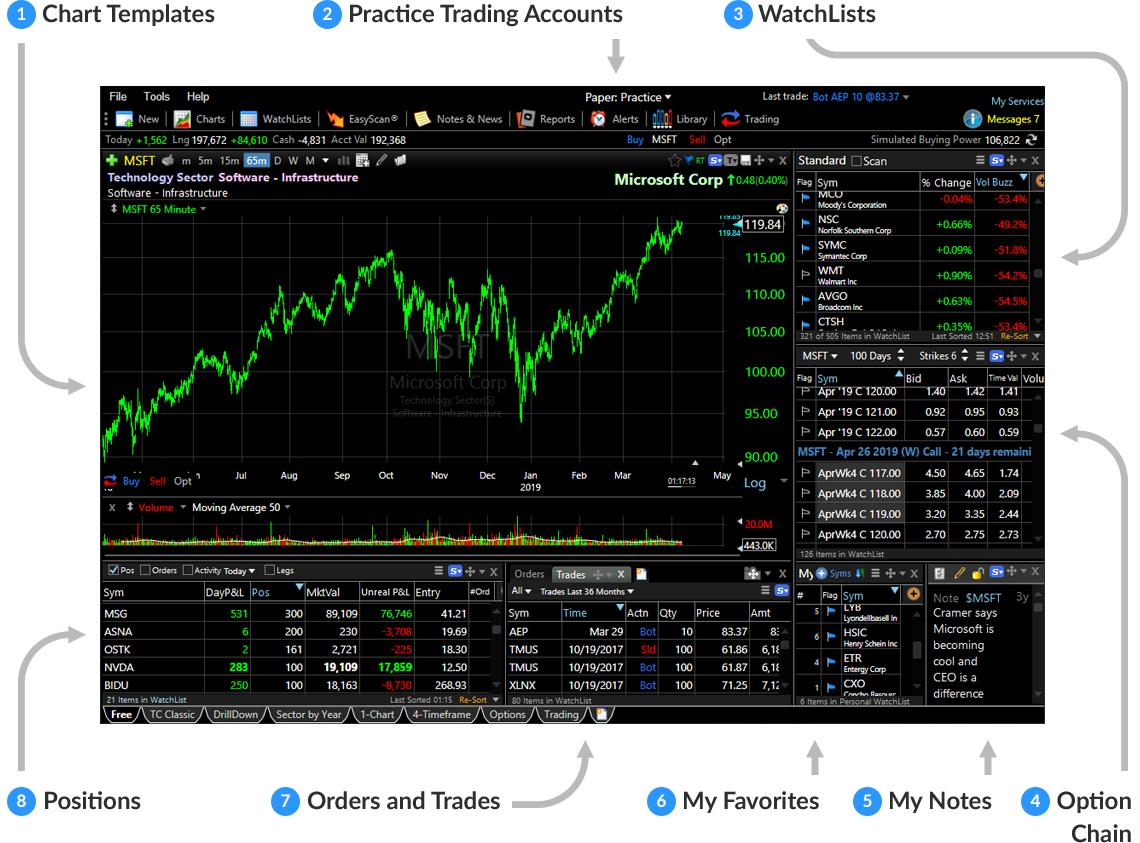Real-Time Data Acquisition

Stock Market Real-Time Data Feed – Real-time stock market data is the lifeblood of trading and investment decisions. It provides traders with the latest information on market movements, enabling them to make informed decisions quickly and effectively.
There are several methods and technologies used to collect real-time stock market data, each with its own advantages and disadvantages. Some of the most common methods include:
Data Sources
There are several sources of real-time stock market data, including:
- Exchanges:Stock exchanges, such as the New York Stock Exchange (NYSE) and the Nasdaq, provide real-time data on the trades executed on their platforms.
- Market Data Vendors:Companies like Bloomberg, Reuters, and FactSet provide real-time data feeds to subscribers. These feeds typically include data from multiple exchanges and other sources.
- Web Services:There are several web services that provide real-time stock market data, often for free or at a low cost.
Reliability, Stock Market Real-Time Data Feed
The reliability of real-time stock market data is crucial for traders and investors. There are several factors that can affect the reliability of data, including:
- Data Source:The reliability of the data source is one of the most important factors to consider. Exchanges and market data vendors typically have more reliable data than web services.
- Data Quality:The quality of the data is also important. Data can be corrupted or incomplete, which can lead to incorrect trading decisions.
- Latency:Latency is the time it takes for data to be transmitted from the source to the recipient. Low latency is essential for traders who need to make quick decisions.
Data Processing and Transformation: Stock Market Real-Time Data Feed

Data processing and transformation are crucial steps in preparing raw data for analysis and modeling. They involve cleaning, filtering, and transforming the data into usable formats that are suitable for analysis.
Data cleaning involves removing errors, inconsistencies, and duplicate values from the data. This process ensures that the data is accurate and reliable for further analysis.
Data filtering involves selecting only the relevant data for analysis. This process helps to reduce the size of the data and focus the analysis on the most important information.
Data transformation involves converting the data into a format that is suitable for analysis. This process may involve normalizing the data, aggregating the data, or creating new features from the existing data.
Data Normalization
Data normalization is a process of scaling the data to a common range. This process helps to improve the comparability of the data and to prevent certain features from dominating the analysis.
- Min-max normalization: Scales the data to a range between 0 and 1.
- Z-score normalization: Scales the data to have a mean of 0 and a standard deviation of 1.
Data Aggregation
Data aggregation is a process of combining multiple data points into a single data point. This process helps to reduce the size of the data and to identify trends and patterns in the data.
- Summation: Adds up the values of multiple data points.
- Averaging: Calculates the average value of multiple data points.
- Maximum: Selects the maximum value from multiple data points.
- Minimum: Selects the minimum value from multiple data points.
Feature Engineering
Feature engineering is a process of creating new features from the existing data. This process helps to improve the performance of machine learning models by providing them with more relevant and informative features.
- Feature selection: Selects the most relevant features for analysis.
- Feature transformation: Converts the features into a format that is suitable for analysis.
- Feature creation: Creates new features from the existing data.
